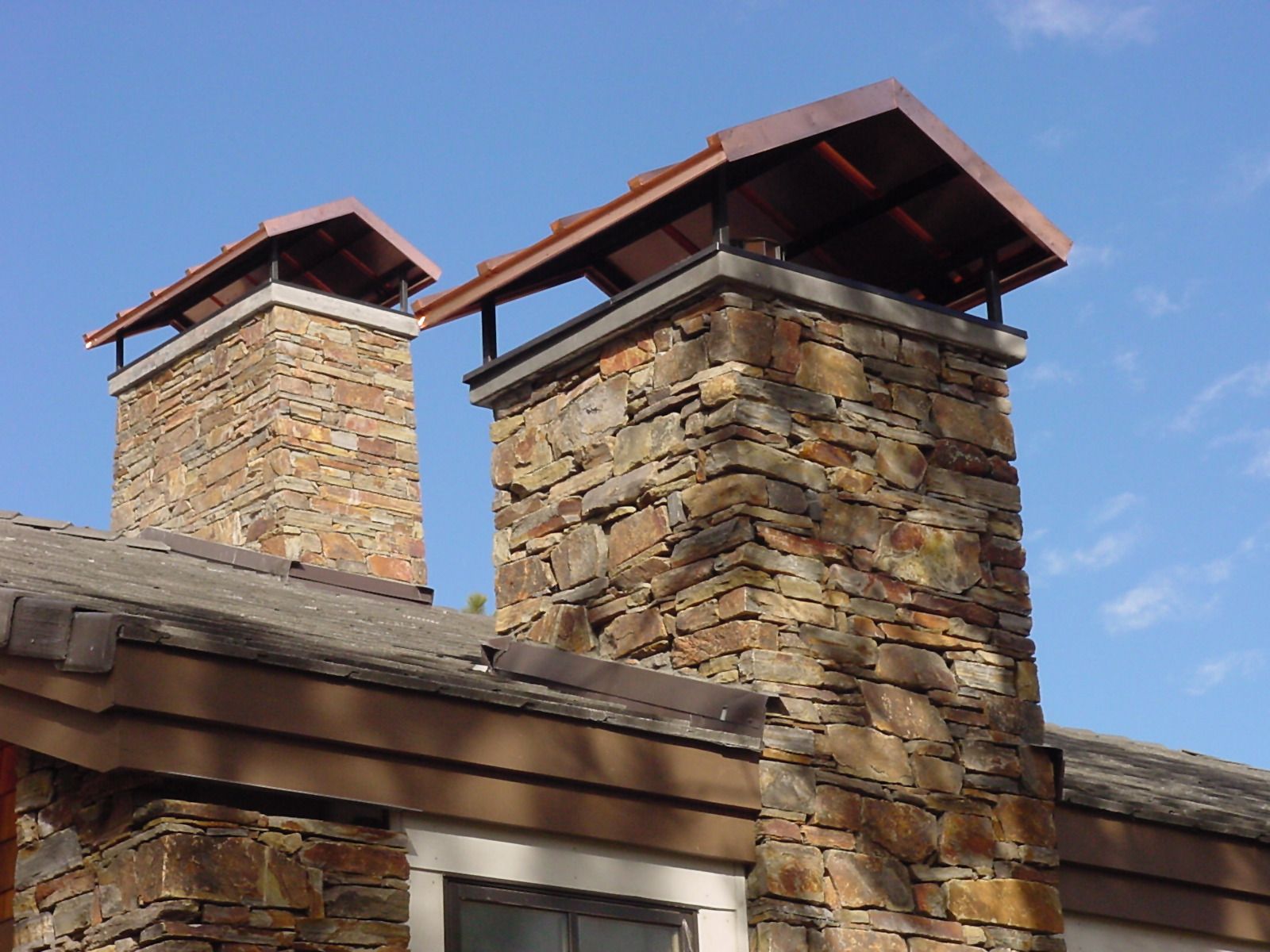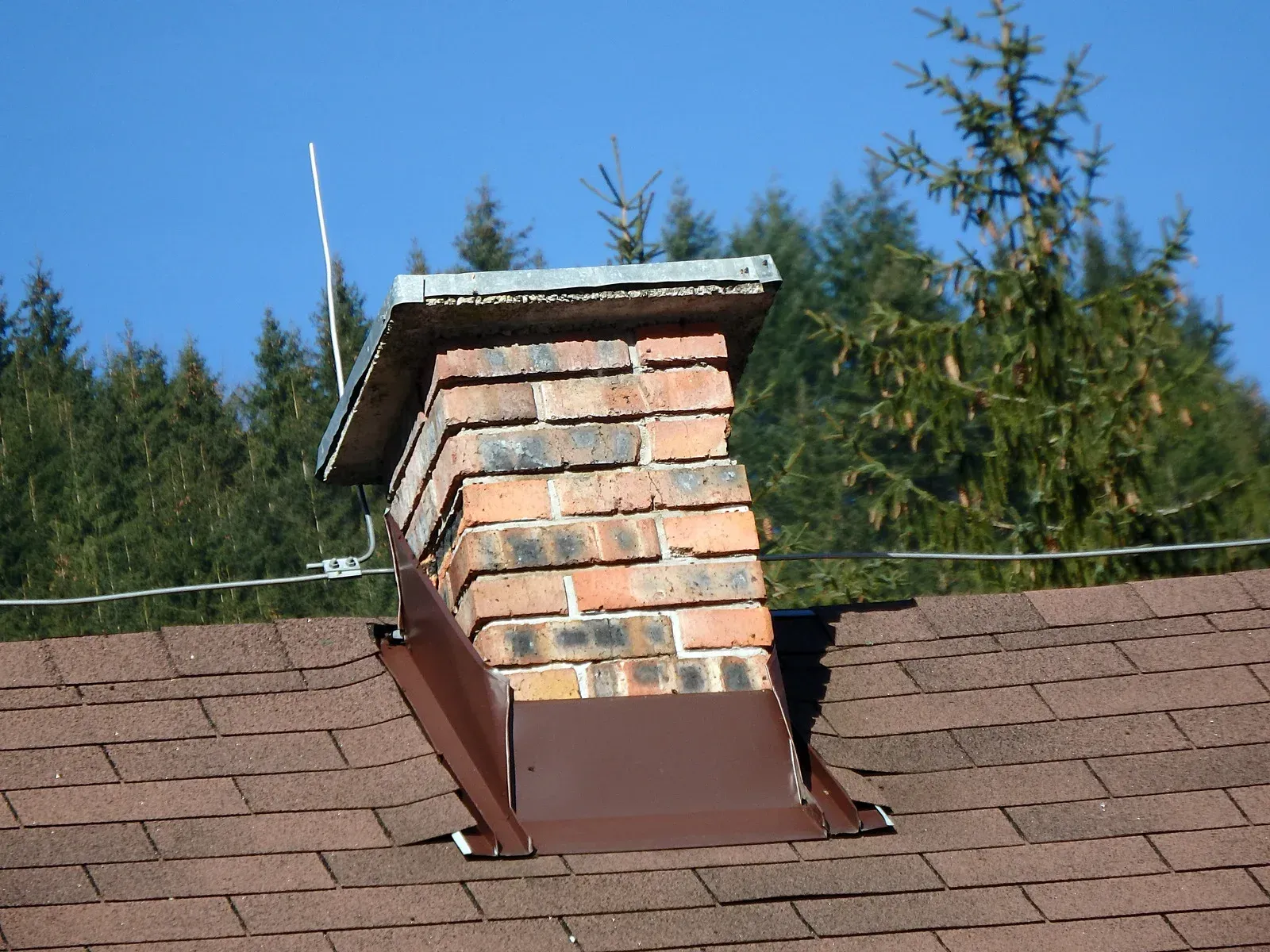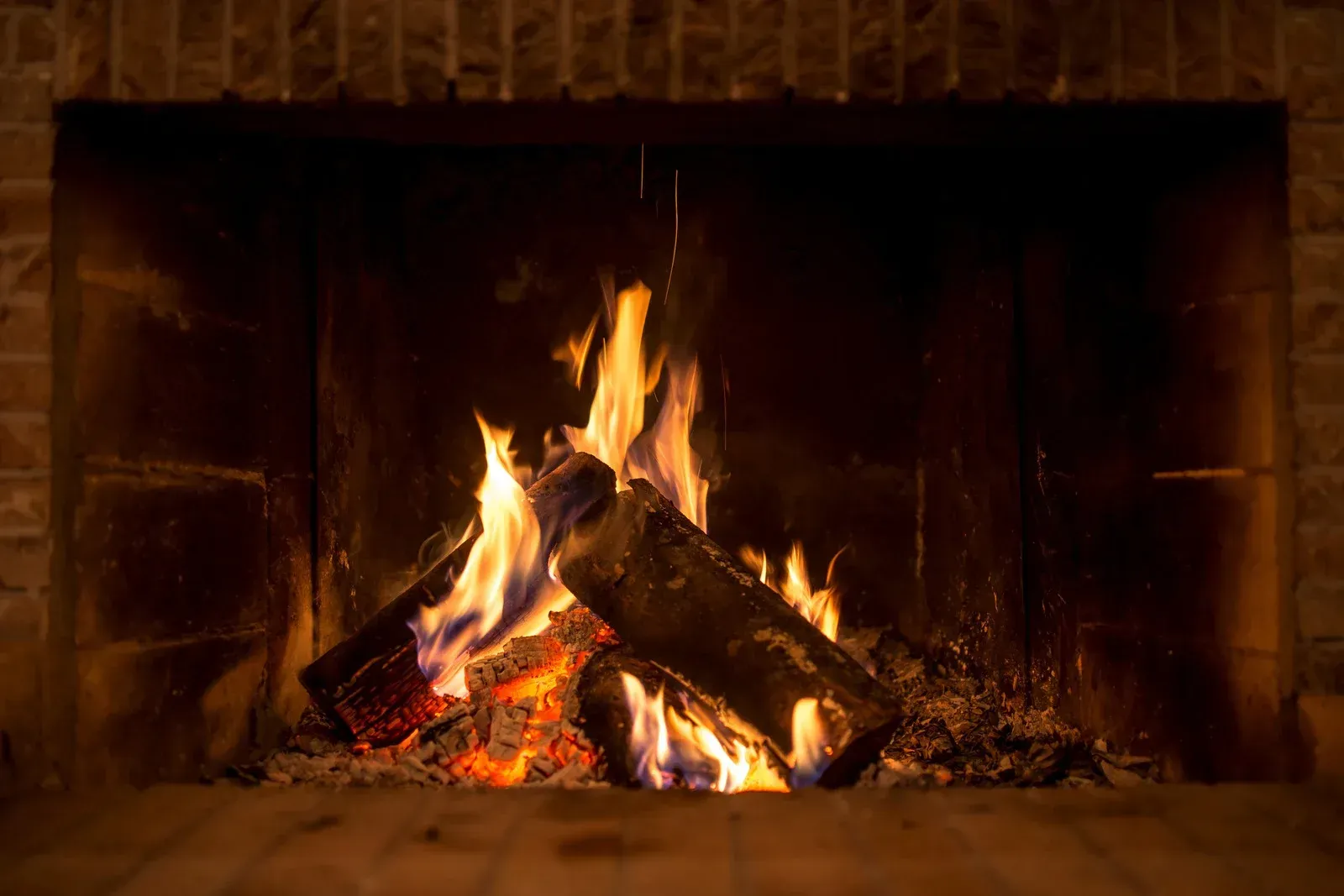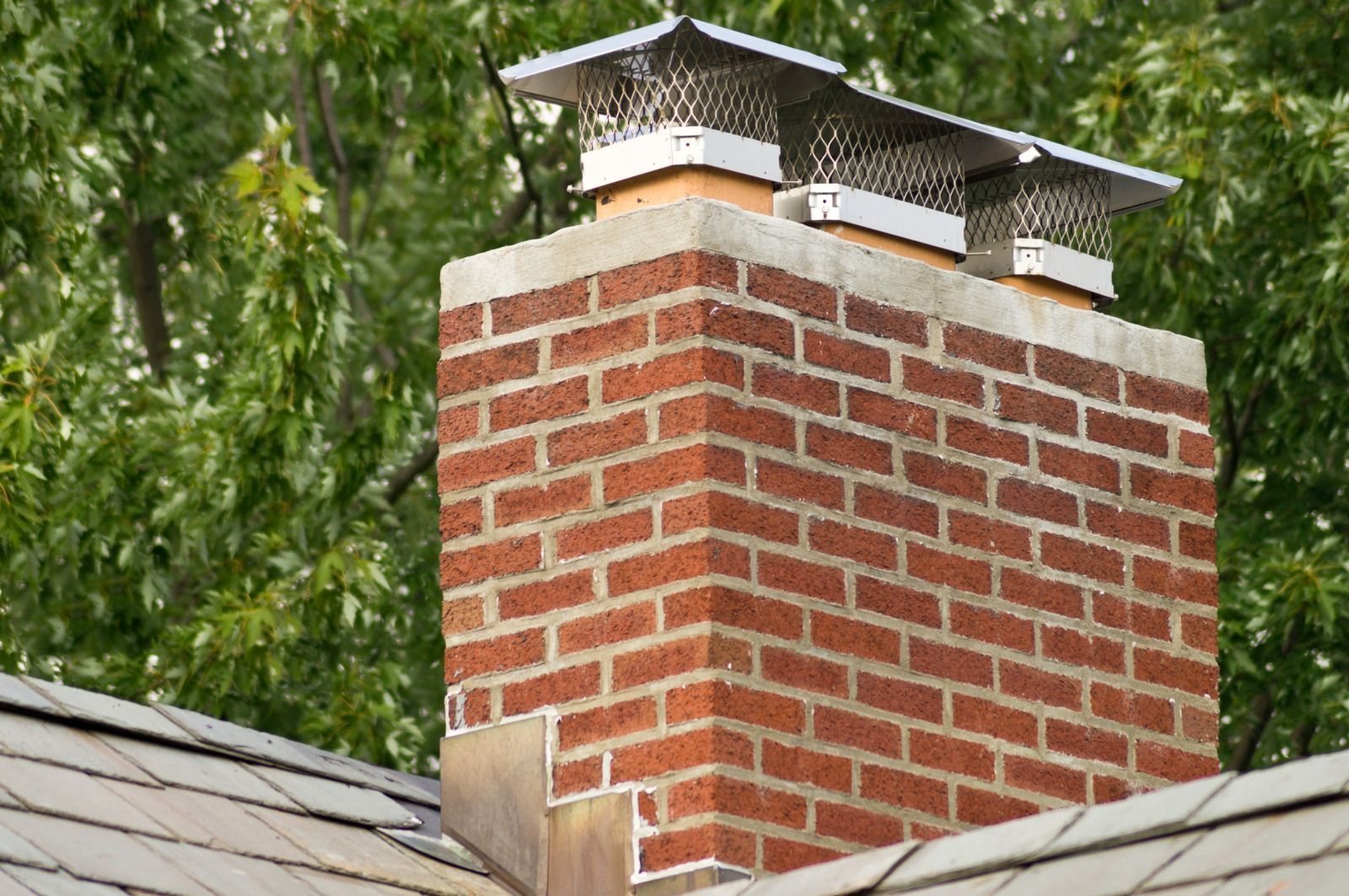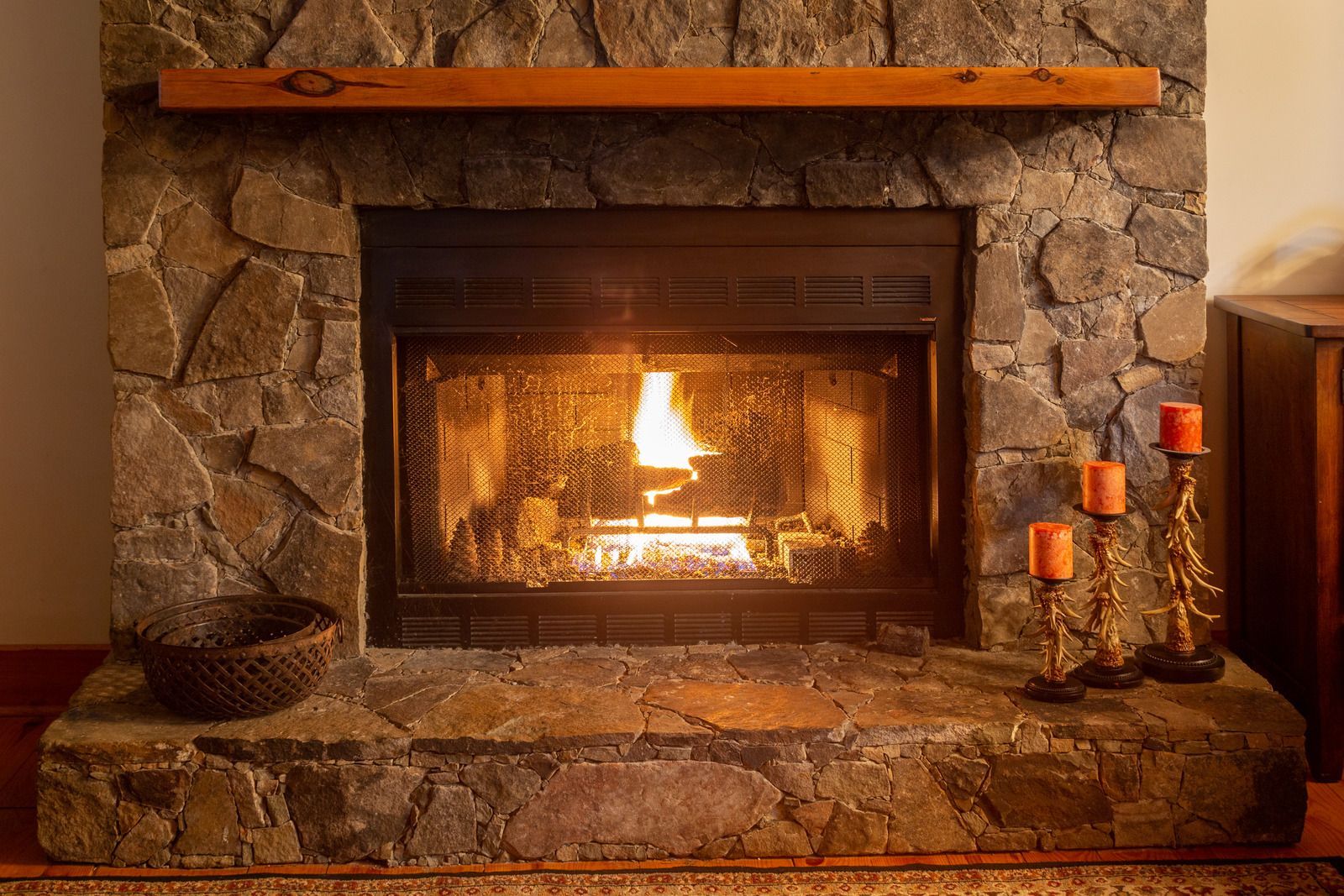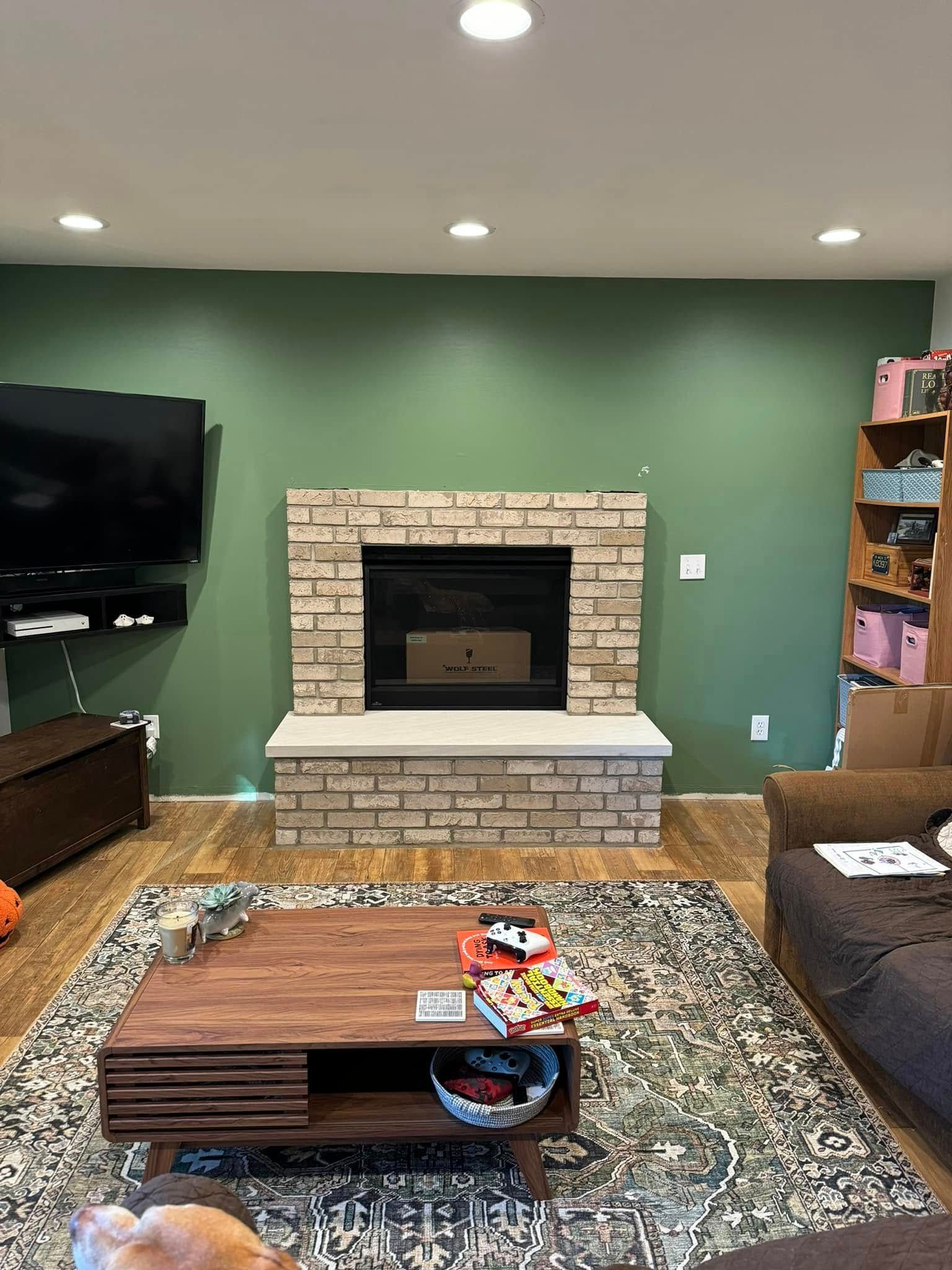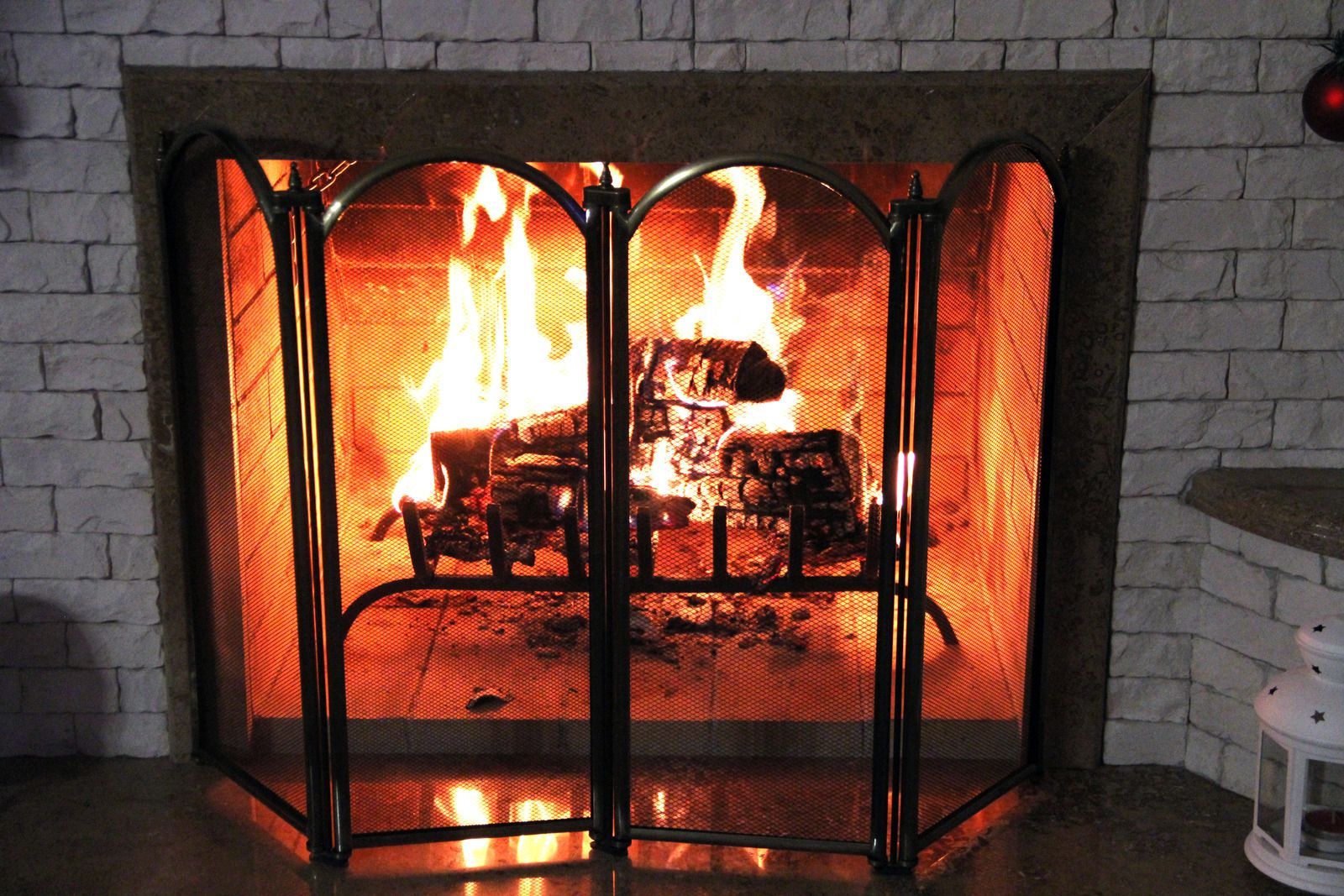Chimney Inspection: How A Trained Eye Identifies Hidden Problems
Your chimney might seem like a simple structure, but it's vital to your home's safety and efficiency. It's the pathway for smoke and fumes from your fireplace or furnace to escape. A healthy chimney keeps your home warm and cozy, while a neglected one can pose serious risks. This is where chimney inspections come in.
Why Get a Chimney Inspection?
Regular chimney inspections, ideally once a year, are crucial for several reasons. They help identify potential fire hazards like creosote buildup, which is a flammable tar-like substance that accumulates with use. Cracks in the chimney liner, the layer protecting your chimney walls from heat, can also be a danger. These cracks can allow sparks and smoke to leak into your home, increasing the risk of fire.
Inspections also check for animal nests or blockages that can disrupt airflow and prevent proper venting. Additionally, a chimney sweep can remove any debris or buildup, ensuring your fireplace or furnace functions at its best. This can save you money on energy bills and prevent future problems.
The Power of a Trained Eye
While you might be able to spot some obvious issues like loose bricks or a damaged damper, a trained chimney inspector can uncover hidden problems. They have the experience and knowledge to identify even minor defects that could turn serious if left unchecked.
Here's how a trained inspector uses their expertise to find hidden dangers:
- Visual Inspection: Inspectors use powerful flashlights and specialized cameras to examine every nook and cranny of your chimney. They look for cracks, gaps, water damage, and signs of deterioration in the flue liner and chimney walls.
- Level 2 Inspection: This more comprehensive inspection involves climbing onto your roof to examine the chimney exterior for loose bricks, damaged flashing (the material that seals the joint between the chimney and roof), and any signs of water leakage.
- Video Scanning: Tiny video cameras can be inserted into the flue to provide a detailed view of the interior. This helps inspectors identify problems like creosote buildup, blockages, and damage to the liner that might not be visible from below.
- Knowledge and Experience: Inspectors are trained to recognize patterns and signs that might go unnoticed by an untrained eye. They understand how different types of chimneys work and the potential problems associated with various materials and construction methods.
Beyond the Inspection
A thorough inspection report will detail any problems found and recommend the necessary repairs. This could involve cleaning the chimney, repairing cracks, or relining the flue. Don't ignore these recommendations. Early intervention can save you money and prevent major issues down the line.
By getting a
regular chimney inspection, you're investing in your home's safety and efficiency. A trained inspector's keen eye can uncover hidden dangers, giving you peace of mind and ensuring your chimney functions correctly for years.
